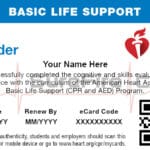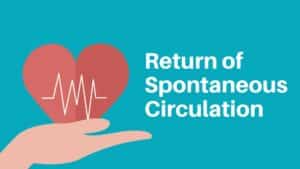The last few years have seen huge advancements in Pediatric Advanced Life Support Training, particularly the deployment of pediatric human patient simulators.
Previously, students learned this technique by working on mannequins. This was problematic because the mannequins, naturally, were inert and unable to provide any information to the educator or trainee that would effectively emulate a real-world situation.
Pediatric human patient simulators have changed this dynamic. The simulator can emulate “real-world” responses to injuries and can be programmed to exhibit specific ailments or behaviors. For example, the simulator can determine what drugs are being administered and react based on the dosage.
This approach benefits students in multiple ways. Most intuitively, it replicates an emergency in a real-time, real-life environment. It also provides flexibility in terms of the training rigor: the simulator can be modified to increase or decrease the severity or duration of an ailment. And lastly, if mistakes are made, the instructor can re-simulate the scenarios indefinitely until the student succeeds.










